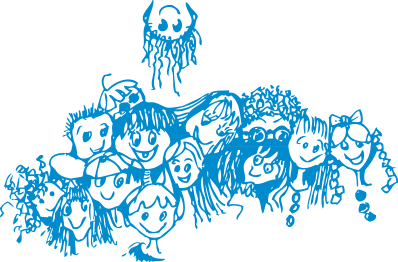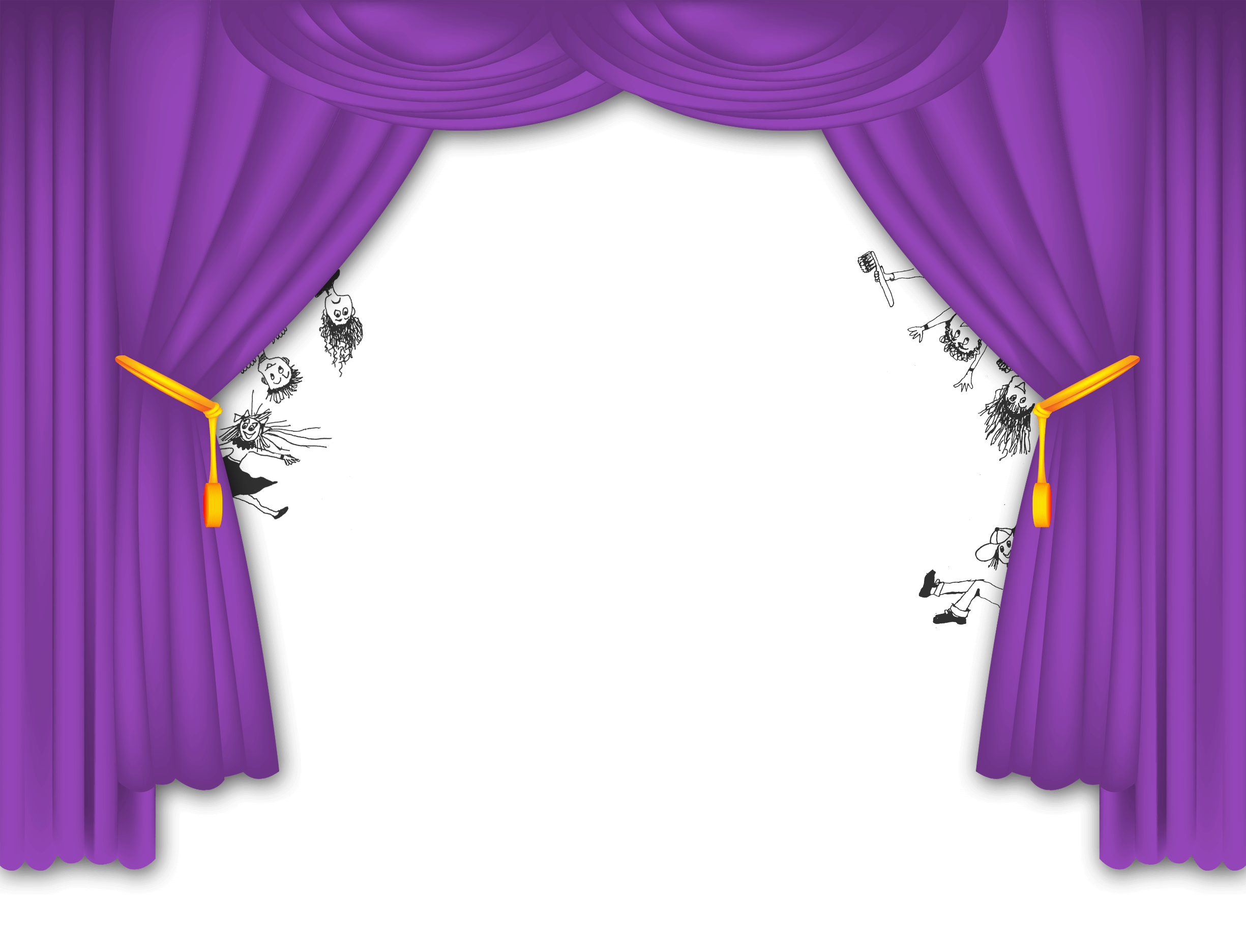Fluoride Use in Adolescents
December 2nd, 2014

Fluoride is a mineral that plays an essential role in oral health. In fact, the significant reduction in American tooth decay in recent decades can be attributed to a greater availability of fluoride in public water supplies, toothpaste, and other resources. When it comes in contact with the teeth, fluoride helps protect the enamel from acid and plaque bacteria. In some cases, it can even reverse tooth decay in its earliest stages.
Despite the benefits of fluoride, tooth decay is still common, especially among teenagers. The Centers for Disease Control reports that cavities can be found in more than half of young teens and two-thirds of older teens over age 16. Many of those teens are deficient in fluoride, either due to a lack of public water fluoridation or the use of bottled water. So how can parents ensure their teens are getting the fluoride they need to facilitate strong, healthy teeth?
Monitor Fluoride Exposure
Dr. Stephen Korson and our team at Summit Pediatric Dentistry recommend you start by measuring your teen’s fluoride exposure. Make sure you purchase fluoridated toothpaste for your household, and find out if your tap water is fluoridated. If your teen primarily consumes bottled water, examine the bottle to determine whether fluoride has been added. The majority of bottled waters are not supplemented with fluoride, but those that are will be clearly labeled.
Fluoride Supplementation
Dr. Stephen Korson may recommend topical fluoride treatments at routine dental exams. These treatments are painless for your teen and may help establish stronger enamel that is more resistant to plaque and tooth decay. If you have a public water supply that is non-fluoridated, we may recommend fluoride supplementation between visits. These can be administered as drops, tablets, or vitamins.
Keep in mind that fluoride is most important for children and teens under the age of 16. Be proactive about your teen’s oral health by speaking with us about your family’s fluoride needs at your next dental visit.
For more information about fluoride, or to schedule an appointment with Dr. Stephen Korson, please give us a call at our convenient Summit, NJ office!






